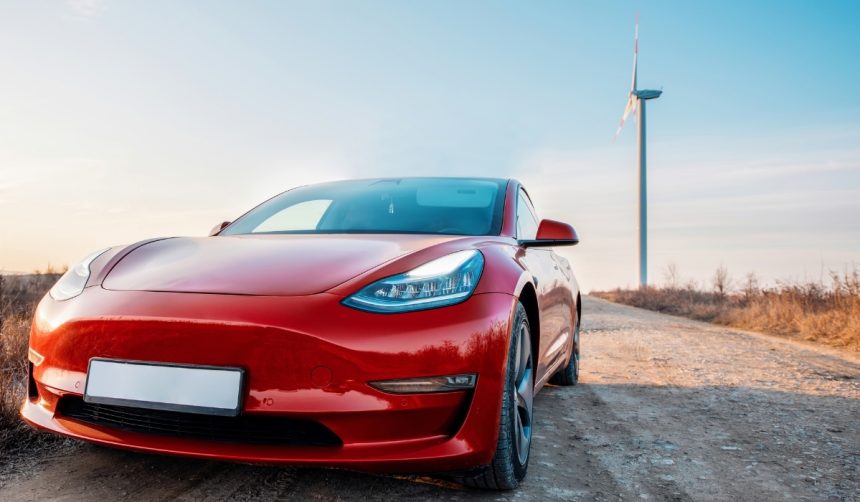Self-driving ride-sharing services are gaining traction in American cities as new players increase competition and offer wider options for passengers. In Austin, both Tesla’s Robotaxi platform and Waymo’s autonomous vehicles have entered the local market within months of each other, giving consumers new choices in the realm of driverless transportation. The appeal of these programs lies not only in technology but also in the daily experiences of riders, which can vary significantly between brands. For many residents, cost, comfort, and subtle differences in user interaction will be decisive in which platforms they embrace.
Earlier commentary on the rise of autonomous vehicles centered mainly on software advancements, regulatory hurdles, and safety performance, focusing less on the real-life experience within the cabin. Initial rollouts drew comparisons around the technology stack—such as Tesla’s camera-based versus Waymo’s LiDAR-based navigation—and projected cost savings. Over time, user experience elements like familiarity, comfort, and integration with daily routines have started to come into greater critical focus. These present details offer an important update on how these vehicles are actually perceived on the ground by regular users and repeat riders.
How Do Tesla Robotaxi and Waymo Differ Visually?
The Tesla Robotaxi distinguishes itself by relying solely on exterior cameras, giving it a streamlined appearance indistinguishable from conventional Teslas. Tesla vehicles do not use prominent external sensors, in contrast to Waymo, which equips its fleet with visible LiDAR hardware. This difference has an impact on how naturally each car fits into normal traffic, with some users preferring the less conspicuous look of Robotaxi cars.
Which Service Offers More Customization and Comfort?
Tesla’s Robotaxi aims to create a familiar environment for its passengers, replicating the feel of a personal vehicle ride. Riders have the capability to adjust music and control the cabin temperature, and their entertainment preferences are maintained from one trip to another. As Tesla analyst Jed Dorsheimer notes,
“Robotaxi was comfortable and familiar, and it felt as though a friendly ghost chauffeur was driving our personal car.”
In contrast, passengers inside a Waymo are met with pre-recorded safety briefings and more mechanical cabin sounds, traits which some may find less inviting, though providing clear safety instructions.
What About Pricing and Perceived Value?
Competitive pricing emerged as another factor—with Tesla Robotaxi reported to cost about half the price of a comparable Uber ride, potentially broadening its appeal. Dorsheimer highlighted this affordability, stating,
“Robotaxi was half the price of Uber, showing its ability to win market share by weaponizing price.”
Service cost can sway customer preference as much as technological experience, especially in a city where both services are relatively new and seeking to establish user loyalty.
While both Waymo and Tesla Robotaxi provided rides that were considered safe and largely free of operational problems, a clear division remains in passenger perceptions. Tesla’s approach, focusing on a seamless and personal ride, might align more closely with routine driving experiences, while Waymo’s process-laden rides seem to emphasize procedural assurance. The differing philosophies underscore the importance automakers attach not only to vehicle autonomy but also to crafting distinct passenger environments.
For prospective users, comparing Tesla Robotaxi and Waymo may ultimately come down to personal preference regarding comfort, vehicle familiarity, and price. Those seeking a more traditional cabin might gravitate toward Tesla, attracted by continuity of cabin settings and price advantage. Riders prioritizing visible signs of safety or interested in novel technology might opt for Waymo, despite its less discreet appearance. As the industry continues to advance, consumers will benefit from clear distinctions in experience, and feedback like Dorsheimer’s contributes to a practical understanding of what each platform currently delivers in real-world applications.
- Tesla Robotaxi blends with regular cars while Waymo displays visible sensors.
- Passengers found Robotaxi more comfortable and human-like in experience.
- Robotaxi rides in Austin cost about half of Uber’s prices.










